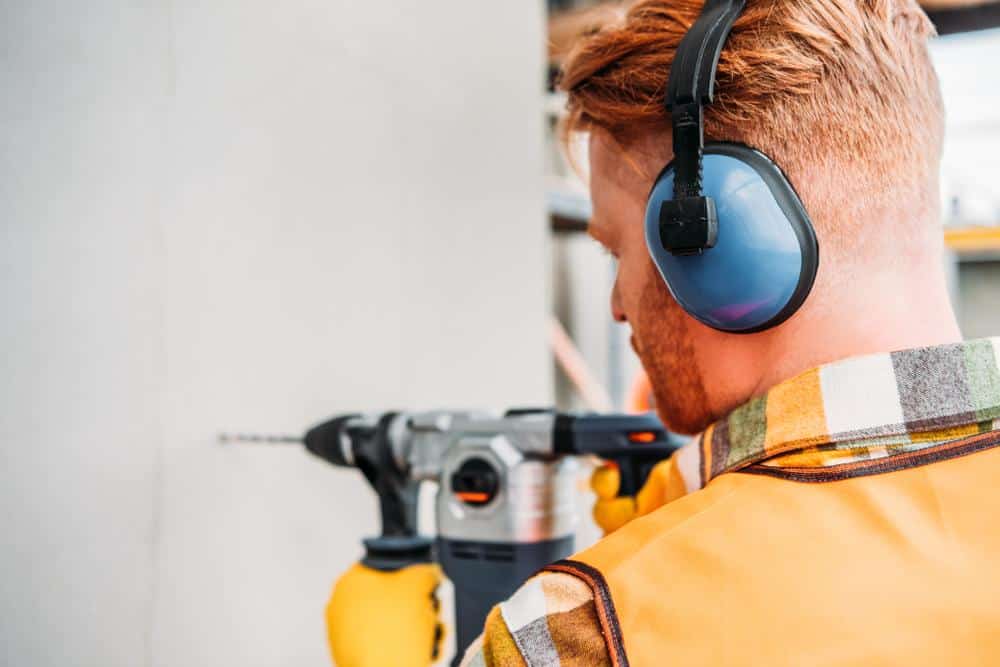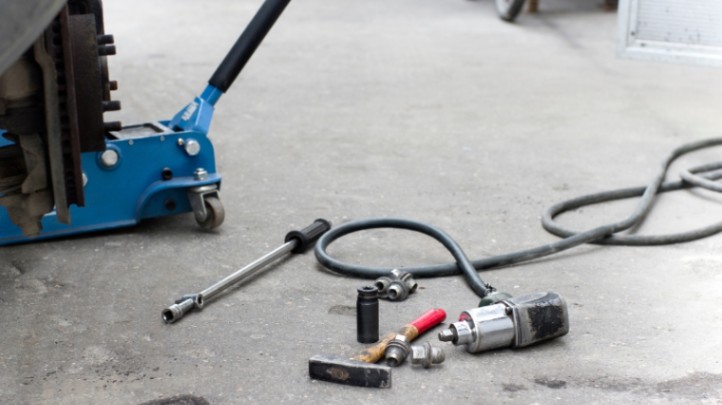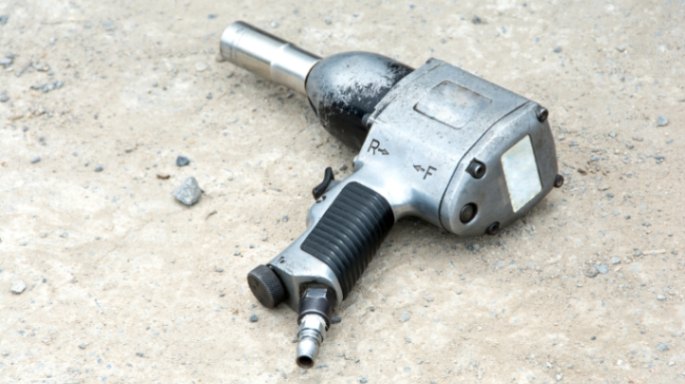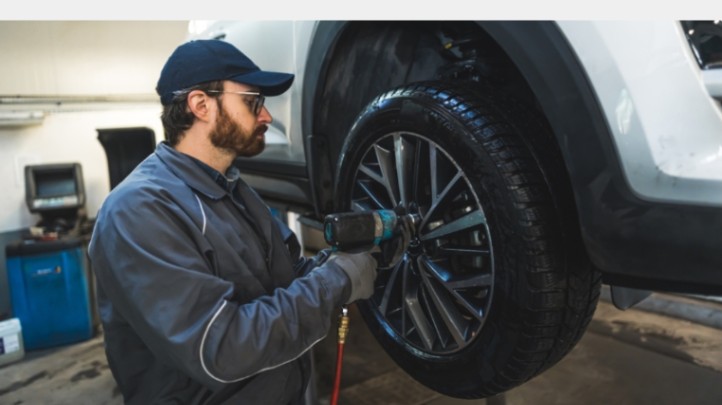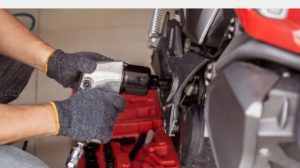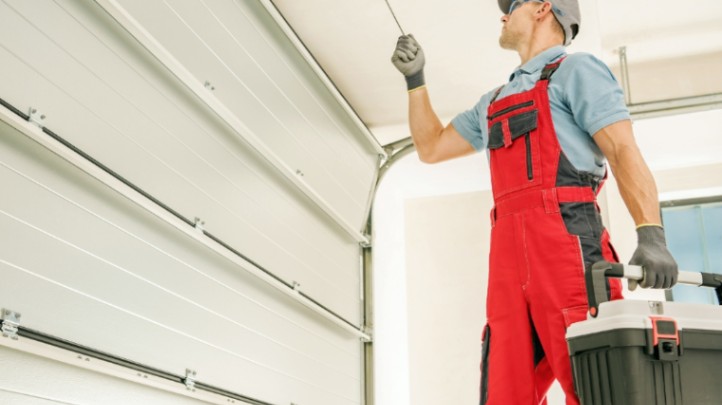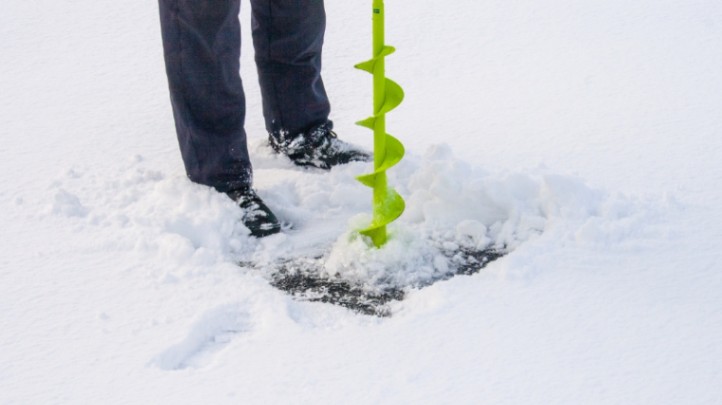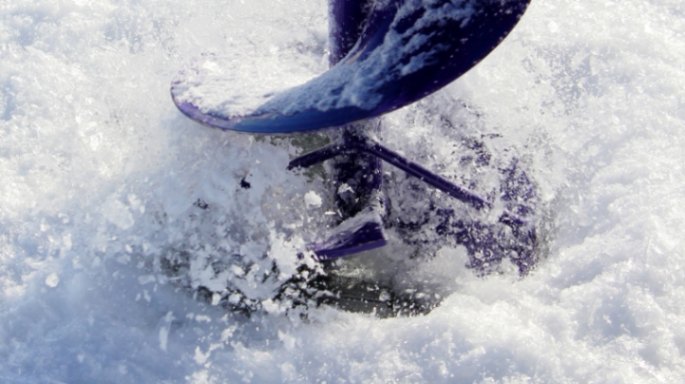Shade sails are a popular outdoor shade structure that provides various benefits, including protection from the sun and UV rays, added aesthetic appeal, and improved comfort for outdoor spaces. However, to continue to enjoy these benefits, it is essential to maintain shade sails properly. This guide will cover the different aspects of maintaining shade sails, including inspection, cleaning, repairing, maintaining hardware and support structures, and seasonal and professional maintenance. By following these guidelines, you can extend the lifespan of your shade sail and ensure it continues to provide adequate protection from the sun’s rays.
Regular maintenance can help detect and address issues early, preventing costly repairs or replacements. Additionally, maintaining your shade sail can improve its appearance and effectiveness, ensuring it continues to provide an excellent and comfortable outdoor space for years to come.
Whether you are a homeowner or a business owner with shade sails installed on your property, this guide will provide the necessary information and recommendations to maintain your shade sails properly. By doing so, you can continue to enjoy the benefits they provide while protecting your investment and ensuring their longevity.
1: Introduction
In this guide, we will discuss the importance of maintaining shade sails. But first, let’s define what shade sails are and why they are essential.
What are shade sails?
Shade sails are a type of outdoor shade structure made of high-quality, durable fabric stretched between posts or other support structures. They are designed to provide shade and protection from the sun’s harmful UV rays.
Why are shade sails important?
Shade sails are vital because they offer a range of benefits for outdoor spaces. They can provide shade and coolness, making outdoor areas more comfortable and enjoyable. They can also protect people and outdoor furniture from the damaging effects of the sun’s rays, including fading and deterioration. Additionally, shade sails can add aesthetic appeal to outdoor spaces, with various colors and designs available.
Benefits of maintaining shade sails
However, to continue to enjoy the benefits of shade sails, it is essential to maintain them properly. Regular maintenance can extend the lifespan of shade sails and ensure they provide adequate sun protection. The following sections will discuss the different aspects of maintaining shade sails, including inspection, cleaning, repairing, maintaining hardware and support structures, and seasonal and professional maintenance.
2: Understanding Shade Sails
Shade sails are becoming increasingly popular as a practical and stylish solution for providing shade in outdoor spaces. A shade sail is a canopy of durable fabric stretched over a specific area to create shade. In this article, we will explore the different aspects of shade sails, including the materials used in making them, the different types of shade sails, and the designs available.
Materials used in making shade sails:
Shade sails are made of different materials, but the most common ones are high-density polyethylene (HDPE) and polyester. HDPE is a synthetic material that is strong, durable, and resistant to UV rays. It is also breathable, which allows air to circulate freely, creating a comfortable environment under the shade sail. On the other hand, polyester is a synthetic fabric that is strong, durable, and resistant to UV rays. It is not as breathable as HDPE, but it offers a higher level of waterproofing.
Different types of shade sails:
Different shade sails are available, including triangles, squares, and rectangles. Triangle shade sails are the most common and come in different sizes, making them ideal for small or large spaces. Square shade sails are also famous and are ideal for providing shade in square or rectangular spaces. Rectangular shade sails are the least common but are still helpful in providing shade in long and narrow spaces.
Shade sail designs:
Shade sails are available in different designs to suit different needs and preferences. The most common design is a single shade sail stretched over a specific area. Multiple shade sails can also cover larger spaces or create unique designs. Additionally, some shade sails come with additional features, such as a waterproof coating, which allows them to provide shade and protect against rain at the same time.
In conclusion, shade sails are a practical and stylish solution for providing shade in outdoor spaces. They are made of different materials, including HDPE and polyester, and come in different types and designs to suit different needs and preferences. When choosing a shade sail, it is crucial to consider the size, shape, and location of the area to be shaded, as well as the materials used in making the shade sail.
3: Inspecting Shade Sails
Regular inspection of shade sails is essential to ensure that they remain safe, functional, and aesthetically pleasing. This section will discuss the importance of regular inspection, how often to inspect, and what to look for during inspection.
Importance of regular inspection:
Regular inspection of shade sails is essential to identify any potential problems before they become significant. Regular inspection can help prevent accidents, such as collapses, by identifying areas that may be weakened or damaged. Inspections can also identify areas that may require repair or replacement, which can help extend the shade sail’s life.
How often to inspect:
Shade sails should be inspected regularly, at least once a year. In areas with harsh weather conditions, more frequent inspections may be necessary. Inspecting shade sails after any significant weather event, such as a storm or heavy snowfall, is also essential.
What to look for during an inspection:
During an inspection, it is vital to check for any signs of wear and tear, such as frayed edges or holes in the fabric. The attachment points, such as the posts or anchor points, should also be checked for signs of damage or wear. It is essential to check that the shade sail is taut and not sagging, as this can indicate that it is not correctly attached or that the fabric has stretched. Additionally, any signs of mold or mildew should be addressed, as this can compromise the integrity of the fabric.
In conclusion, regular inspection of shade sails is essential to ensure their safety, functionality, and longevity. Inspections should be done at least once a year, with more frequent inspections in areas with harsh weather conditions. During inspections, it is important to check for signs of wear and tear, damage to attachment points, and proper fabric tension. Regularly inspecting shade sails can identify and address potential problems before they become major.
4: Cleaning Shade Sails
Shade sails provide the valuable function of providing shade. However, they can accumulate dirt, dust, and other debris over time. Proper cleaning is essential to maintain their appearance and prolong their lifespan. In this section, we will discuss the importance of cleaning shade sails, best practices for cleaning shade sails, different cleaning methods, and what to avoid when cleaning shade sails.
Importance of cleaning shade sails:
Regular cleaning of shade sails is essential for maintaining their appearance and functionality. Accumulated dirt and debris can cause the fabric to degrade over time, leading to weakened areas that can ultimately compromise the structure of the sail. Regular cleaning can also help prevent mold or mildew growth, which can harm health.
Best practices for cleaning shade sails:
The best way to clean a shade sail is to use mild detergent, water, and a soft brush. The sail should be scrubbed gently with the brush, taking care not to apply too much pressure, as this can damage the fabric. It is essential to rinse the sail thoroughly with clean water after washing to remove any remaining soap residue. The sail should be left to dry completely before being re-tensioned.
Different cleaning methods:
There are several different methods for cleaning shade sails, including pressure washing and steam cleaning. Pressure washing is an effective method for removing dirt and debris. However, it can also damage the fabric if too much pressure is applied. Steam cleaning is another effective method to remove dirt and kill mold and mildew. However, it should only be used on sails made of materials that can withstand high temperatures.
What to avoid when cleaning shade sails:
Avoiding harsh chemicals or abrasive materials, such as bleach or a hard-bristled brush, when cleaning a shade sail. These can damage the fabric and compromise its structural integrity. It is also essential to avoid using a high-pressure washer, as this can damage the fabric and cause the seams to come apart.
In conclusion, regular cleaning of shade sails is essential for maintaining their appearance and functionality. The best way to clean a shade sail is to use mild detergent, water, and a soft brush while avoiding harsh chemicals or abrasive materials. Different cleaning methods, such as pressure washing and steam cleaning, can be used. However, caution should be taken to avoid damaging the fabric. By following these guidelines, shade sails can be cleaned effectively and safely, prolonging their lifespan and maintaining their functionality.
5: Repairing Shade Sails
Shade sails are an excellent way to provide shade and protection from the elements. However, they can become damaged over time due to wear and tear or weather-related events. This section will discuss everyday shade sail damages, how to fix shade sail damages, tools needed for repairing shade sails, and when to replace shade sails.
Common shade sail damages:
Some common shade sail damages include tears, holes, and frayed edges. Damage to the attachment points, such as the posts or anchor points, can also occur due to excessive stress or weather-related events. Additionally, the fabric may become stretched or loose over time, which can cause sagging or an uneven appearance.
How to fix shade sail damages:
Minor tears or holes in the fabric can be repaired using a patch made from the same material as the sail. A strong adhesive or sewing machine should secure the patch to the damaged area. Frayed edges can be trimmed using sharp scissors, and the area can be reinforced with fabric tape or hemming. For attachment point damages, the damaged hardware can be replaced or reinforced using additional hardware.
Tools needed for repairing shade sails:
Tools needed for repairing shade sails include a sewing machine, sharp scissors, fabric or hemming tape, a strong adhesive, replacement hardware, and patch material made from the same material as the sail.
When to replace shade sails:
If a shade sail has extensive damage that cannot be repaired or has reached the end of its lifespan, it may need to be replaced. Signs that a shade sail may need to be replaced include excessive stretching, significant fading or discoloration, and damage that compromises the integrity of the sail.
In conclusion, shade sails can damage over time due to wear and tear or weather-related events. Common damages include tears, holes, and frayed edges. These can be repaired using a patch made from the same material as the sail, fabric tape, hemming tape, or replacement hardware. If a shade sail has extensive damage or has reached the end of its lifespan, it may need to be replaced. By regularly inspecting and maintaining shade sails, damages can be addressed promptly, prolonging their lifespan and maintaining their functionality.
6: Maintaining Shade Sail Hardware
Shade sails require more than just an excellent fabric to function correctly. The hardware, including the poles, brackets, turnbuckles, and other fittings, also play a vital role in keeping the sails securely in place. Proper hardware maintenance is essential to ensure the longevity of the shade sail structure. This section will discuss the importance of maintaining hardware, how to clean and lubricate hardware, and how to inspect and repair hardware.
Importance of maintaining hardware:
The hardware used in shade sail installation is exposed to the elements and can become corroded or rusted over time. This can compromise the integrity of the structure and ultimately lead to failure. Regular maintenance of the hardware, including cleaning and lubricating, can prevent corrosion and rust, prolonging the structure’s lifespan.
Cleaning and lubricating hardware:
Hardware should be regularly cleaned with a mild soap solution and a soft brush. Rinse thoroughly with water and dry completely before applying lubricant. A silicone-based lubricant can be applied to metal surfaces to prevent corrosion and rust. It is essential not to use petroleum-based lubricants, which can damage the hardware and degrade the fabric.
How to inspect and repair hardware:
Regular hardware inspections ensure all components are secure and functioning correctly. Signs of damage, including cracks, rust, or loose fittings, should be addressed promptly to prevent further damage or failure. Hardware should be replaced if it is damaged beyond repair or malfunctioning correctly. Repairs to the hardware should be made using replacement parts or hardware of the same size and strength.
In conclusion, maintaining shade sail hardware is essential to ensure the longevity and functionality of the structure. Regular cleaning and lubrication can prevent corrosion and rust. In contrast, regular inspections can identify damaged or loose fittings that must be repaired or replaced. By following these guidelines, shade sails can function correctly and provide shade and protection for many years.
7: Maintaining the Support Structure
In addition to maintaining the shade sail and hardware, inspecting and maintaining the support structure is essential. This includes the poles, beams, and other components holding the shade sail. In this section, we will discuss how to inspect and maintain the support structure, check for rust and corrosion, clean and repaint, and repair structural damage.
Inspecting and maintaining support structure:
Regularly inspect the support structure to ensure it is secure and functioning correctly. Signs of damage or wear, including cracks, dents, or bent components, should be addressed promptly to prevent further damage or failure. The support structure should be inspected at least once a year or more frequently if exposed to extreme weather conditions.
Checking for rust and corrosion:
The support structure is often exposed to the elements and can become corroded or rusted over time. This can compromise the integrity of the structure and ultimately lead to failure. Regular inspections for rust and corrosion should be conducted, and any damaged areas should be addressed promptly. Rust and corrosion can be removed using a wire brush or sandpaper. The affected area can be treated with a rust converter to prevent further corrosion.
Cleaning and repainting:
The support structure should be cleaned regularly with a mild soap solution and a soft brush. Rinse thoroughly with water and dry completely before repainting. Repainting the support structure can prevent rust and corrosion and prolong the structure’s lifespan. A high-quality exterior paint designed for metal surfaces should be used.
Repairing structural damage:
Suppose the support structure has structural damage, such as cracks or bent components. In that case, it should be repaired promptly to prevent further damage or failure. A professional should make repairs that may involve replacing damaged components or reinforcing the structure with additional supports.
In conclusion, maintaining the support structure of the shade sail is essential to ensure the longevity and functionality of the structure. Regular inspections, checking for rust and corrosion, cleaning and repainting, and repairing structural damage are all important aspects of maintaining the support structure. By following these guidelines, shade sails can provide shade and protection for many years.
8: Seasonal Maintenance
Seasonal maintenance is an essential aspect of maintaining shade sails. Different seasons bring different weather conditions, and it is essential to adjust maintenance tasks accordingly. This section will discuss each season’s maintenance tasks, preparing for harsh weather conditions and winterizing shade sails.
Maintenance tasks for each season:
Spring: In the spring, inspecting the shade sail and support structure for any damage that may have occurred over the winter months is essential. Clean the shade sail and hardware, and check for rust or corrosion. Prune any nearby trees or foliage that may interfere with the shade sail.
Summer: During the summer, it is essential to regularly inspect the shade sail for any signs of wear or damage. Clean the shade sail and hardware regularly and secure the support structure. Adjust the tension of the sail if necessary, as high winds can cause the sail to stretch and sag.
Fall:
- In the fall, inspect the shade sail and support structure for any damage that may have occurred during the summer.
- Clean the shade sail and hardware, and check for rust or corrosion.
- Remove any debris accumulated on the sail or in the support structure.
Winter: During the winter, removing the shade sail and storing it in a dry, cool place is essential. Inspect the support structure for damage or wear, and clean and lubricate the hardware. Protect the support structure from harsh weather conditions, such as heavy snow or ice, by covering it with a tarp or other protective material.
Preparing for harsh weather conditions:
Harsh weather conditions, such as high winds or heavy rain, can damage shade sails and support structures. Before harsh weather conditions occur, inspect the shade sail and support structure for any damage or wear. Adjust the tension of the sail if necessary and secure the support structure with additional stakes or braces.
Winterizing shade sails:
During the winter months, removing the shade sail and storing it in a dry, cool place is essential. This will prevent the fabric from becoming damaged by harsh winter conditions, such as snow or ice. The support structure should be protected with a tarp or other protective material to prevent snow or ice buildup damage.
In conclusion, seasonal maintenance is essential to ensure the longevity and functionality of shade sails. By adjusting maintenance tasks according to the season, preparing for harsh weather conditions, and winterizing shade sails, shade sails can provide shade and protection for many years.
9: Professional Maintenance
While it is possible to maintain shade sails on your own, hiring a professional for maintenance services may be necessary. This section will discuss when to hire a professional, what to expect from professional maintenance services, and how to choose a professional maintenance service.
When to hire a professional:
There are several instances where hiring a professional for maintenance services may be necessary. Suppose the shade sail or support structure is damaged beyond repair. In that case, a professional may be needed to replace or repair the damaged parts. Suppose you feel uncomfortable inspecting or repairing the shade sail or support structure. In that case, it may be best to hire a professional.
What to expect from professional maintenance services:
Professional maintenance services typically include
- thoroughly inspecting the shade sail and support structure,
- cleaning and lubricating hardware,
- repairing any damage,
- adjusting tension, and
- winterizing the shade sail if necessary.
They may also advise on adequately maintaining the shade sail and support structure to prevent future damage.
Choosing a professional maintenance service:
When choosing a professional maintenance service, it is essential to research and choose a reputable company with experience in maintaining shade sails. Look for reviews and testimonials from previous customers, and make sure the company is licensed and insured. Ask for a detailed estimate of the services they will provide and the cost. It may also be helpful to ask for references and to speak with previous customers to gauge their satisfaction with the services provided.
In conclusion, while it is possible to maintain shade sails independently, hiring a professional for maintenance services may be necessary for specific situations. Knowing when to hire a professional, what to expect from their services, and how to choose a reputable company can ensure that your shade sails are correctly maintained and will provide shade and protection for many years.
10: Frequently Asked Questions
- Q: How often should I clean my shade sail?
A: It is recommended to clean your shade sail at least once a year, but it may need to be cleaned more frequently if exposed to heavy rainfall or debris.
- Q: Can I use a pressure washer to clean my shade sail?
A: It is not recommended to use a pressure washer as it may damage the fabric. Instead, use a soft-bristled brush and mild detergent to clean the shade sail gently.
- Q: How can I prevent mold and mildew from growing on my shade sail?
A: To prevent mold and mildew, ensure the shade sail is appropriately tensioned and adequate ventilation. You can also use a mold and mildew inhibitor during the cleaning process.
- Q: What should I do if my shade sail is sagging?
A: Check the tension of the shade sail and adjust the tension as needed. If the tension is correct, but the shade sail is still sagging, it may be necessary to replace it.
- Q: Can I repair a small tear in my shade sail myself?
A: A small tear can be repaired with a fabric patch and adhesive. However, larger tears or damage to the support structure may require professional repair or replacement.
- Q: How can I extend the life of my shade sail?
A: Regular maintenance, including cleaning, inspection, and repairs as needed, can help extend the life of your shade sail. Proper tensioning and protection from harsh weather conditions can also help prolong its lifespan.
- Q: When should I replace my shade sail?
A: Shade sails should be replaced if they are damaged beyond repair or have reached the end of their lifespan, typically around 10 years.
Conclusion
In conclusion, maintaining your shade sail ensures longevity and effectiveness. Regular maintenance tasks, including cleaning, inspection, repair, and maintenance of hardware and support structures, are essential to keep your shade sail in good condition. It is also important to prepare for seasonal changes and harsh weather conditions.
Key takeaways from this guide include:
- Understanding the materials used to make shade sails, the different types of shade sails, and shade sail designs.
- Regular inspection is vital to detect and address any issues early on.
- Proper cleaning practices, including avoiding harsh chemicals and pressure washing, can help extend the lifespan of your shade sail.
- Repairing shade sails can be done with a fabric patch and adhesive for small tears. However, larger damage or structural issues may require professional repair or replacement.
- Maintaining the hardware and support structure is essential to ensure the stability and effectiveness of your shade sail.
- Seasonal maintenance tasks and winterizing your shade sail can help protect it from harsh weather conditions.
- Hiring a professional maintenance service can be beneficial for more complex issues or for those who do not have the necessary expertise.
Regular maintenance is essential to ensure your shade sail remains in good condition and continues to provide adequate protection from the sun. By following the tips and recommendations outlined in this guide, you can extend the lifespan of your shade sail and enjoy its benefits for years to come.

